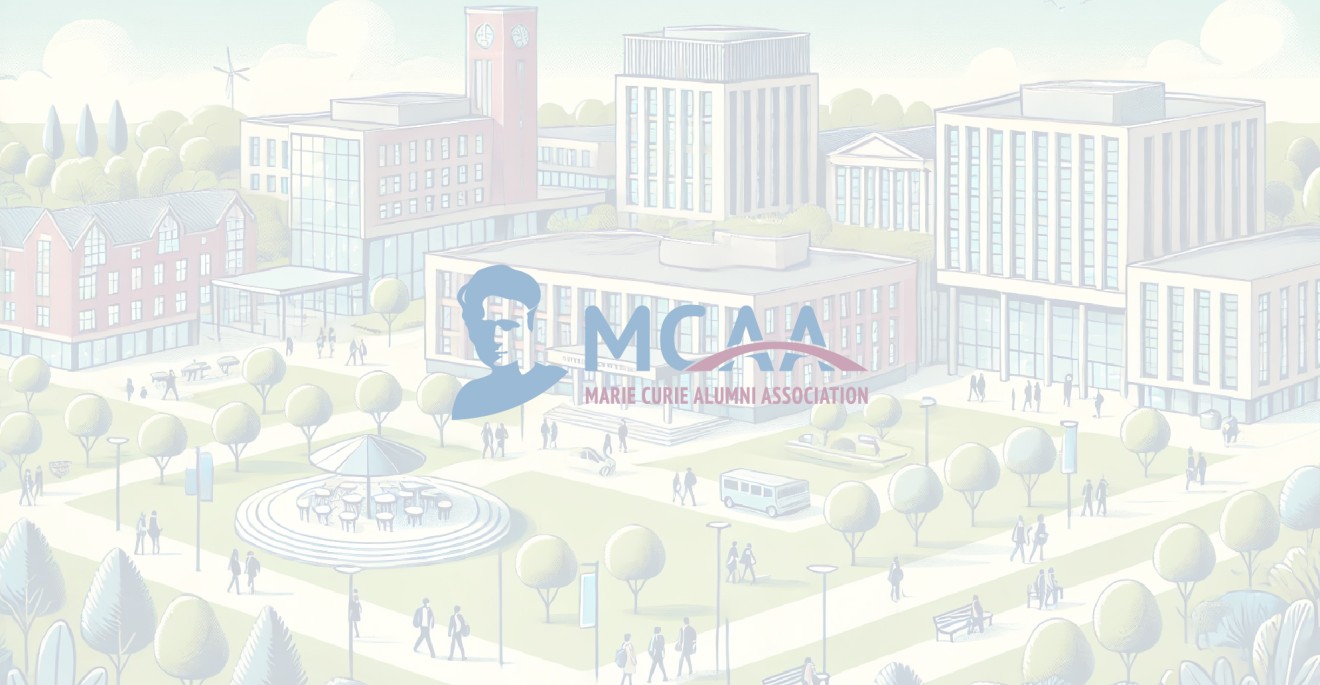ASPETAR - A place hopefully you will only ever choose to be there rather than need to....

Unlike many of the awe-inspiring buildings that define Qatar's capital, Aspetar is not designed to catch the eye. A report by Martin Mazur of the BBC.
It is not built in Italian marble, does not stand 50 storeys high, nor does it blink at night. It is a hidden presence in Doha's imposing skyline.
Aspetar is a hospital. Yet once you are inside, it soon becomes clear there is something quite different about this place, which is at the very cutting edge of sports injury treatment and rehabilitation.
It is a place where human body parts are imported for cutting edge medical science research and where some of the world's biggest sporting names - Angel di Maria, Neymar, Mo Farah, Yaya Toure, Amir Khan and Sam Warburton included - have been treated.
If Nasa has its Mission Control Center in Houston, Texas, the sports medicine world has Aspetar.
Since opening in 2007, its goal has been to become a global leader in its field. Setting out to achieve this, they employed some of the greatest minds in sports science.
They offered state-of-the-art facilities and resources to create new equipment according to their needs. Even the operating tables were designed by Aspetar surgeons.
They brought in new technologies - such as the anti-gravity treadmill. First developed at Nasa in the 1990s, this is a running machine that supports up to 90% of a person's body weight, enabling athletes to exercise even while suffering from an ankle or knee injury, helping to maintain fitness levels during recovery.
Other parts of the hospital resemble a CGI studio set up for motion capture in a Hollywood blockbuster. In one room, patients perform physical tasks with dozens of small, spherical markers attached to their bodies. Doctors can create a 3D map of their muscles, with details on elasticity, endurance and strength recorded and saved.
This is important in assessing the risk of potential for injury, but also as a data back-up for bespoke future treatment.
After injury, the information is used to try to restore full original movement to the affected area, which will vary from person to person. Information on how joints worked before they were damaged is key to recovery.
This kind of assessment is particularly popular with football clubs, who might send players as part of specialised pre-season training regimes, or potential new signings for a full medical before a contract. Paris St-Germain are regular visitors.
"Until coming to Aspetar, I'd never been in a room where you can change the altitude," said PSG and Argentina winger Di Maria.
There are 25 such rooms at the facility, each with an altitude switch that can be adjusted to simulate conditions from between 500m and 4,500m above sea level. They use a filtration system to reduce the concentration of oxygen in the air.
Aspetar's 'altitude pavilion' has machines to test the bodies in action, but also dormitories for rest. Heart rate and blood pressure can be monitored during, before and after activity, allowing specialists to observe any potential issues in various conditions.
At the same time, by stimulating the body to increase red blood cell production, this section of the hospital is also used for rehabilitation and altitude training.
"Athletes can spend two to three days here in the dormitories, using their gadgets and watching TV, but they are connected to electrodes 24 hours day," explains an Aspetar guide.
Led by their specialists, Aspetar also created the Visiting Surgeons Programme as a postgraduate experience for doctors from all over the world.
But to become knee, cartilage or shoulder surgeons, and reach Aspetar's levels of excellence, doctors also needed to practice. In 2016, the Sports Surgery Training Centre was opened, the world's first to specialise in this area.
To hone their skills, surgeons do not use replica body parts but "specimens", as one of the leading surgeons proudly explains, pointing to the freezer.
In a highly bureaucratic process that involves the joint work of six government ministries, real human body parts (mostly shoulders, knees, ankles and torsos) are imported to Aspetar, with most of the supply coming from the United States.
Aspetar hospital opened its doors in Doha in 2007. In the rehabilitation centre, next to a footballer performing underwater movements in a pool, a skier is testing himself on different slope machines, alongside basketball players performing jumps. "The fact that they are together, seeing each other's effort and suffering together, creates a special energy," says Barry White, a former NBA basketball player who is now a physical coach at the hospital."
Psychology is vital in overcoming the fear of a new injury. But it's also important to keep the body and the mind trained, even when you're injured," he adds. "That's why we use underwater exercise, massages and techniques that allow the rest of the body to be trained, protecting the injured zone." The rehab centre is built along curved lines. There are distinct areas but no walls and it has blurred glass instead of mirrors. White worked with architects to decide every aspect of the design, from floors to ceilings, lights, windows, even the plants. "We didn't want this to look like a gym, it's something completely different," he says. But it's not just treatment and work on injury prevention that makes Aspetar unique.
It's also research. Since its first medical paper was published in 2007, more than 150 peer-reviewed research studies have been published every year. Conferences, visits and workshops take place throughout the calendar.
The collective data is processed to establish patterns across various sports, from cycling to athletics, rugby to football, spanning all ages and genders.
It informs the work of each of the hospital's specialised departments, from dental (which can be a crucial part of injury treatment that is often overlooked) to the Sports Groin Pain Centre. "Even in Europe they don't have anything similar. It has everything that a high-level athlete can need," said another of Aspetar's patients, former Manchester City midfielder Toure. After having foot surgery, NBA player Joel Embiid flew 12 hours from the US to come for treatment. His Philadelphia 76ers manager Brett Brown was impressed. He said: "It's very holistic, all designed to his health: from diet assessment, things to do with his foot as far as bone density and massage therapy and expected soreness, education on his sleep habits, his sleep patterns etc."
Premier League football team Tottenham Hotspur, Algeria's national team, Brazil superstar Neymar, athlete Farah, boxer Khan and Welsh rugby union player Warburton have all also come for treatment too. More than 35,000 athletes a year visit Aspetar. In 2014, it was recognised as an International Olympic Committee Research Centre for prevention of injuries and protection of athlete health.
The creation of the Sport Concussion Programme was another milestone. Fifa declared it medical centre of excellence 10 years ago. The athletes learn, share and heal. And they come back. It seems like word of mouth has helped has Aspetar to grow and keep growing. "The greatest thing about Aspetar is that we come from different countries, with different methods and backgrounds, and we've all worked to create a new thing," says White. "Something that did not exist before in sports medicine and sports rehab."
MM
MWR adds – What I find fascinating about this story is that Qatar is a country I had the pleasure to live in for 5 years in the 1970’s, when its total population was around the 175,000 mark and very young (fertility rate 7, population density 14p/sq Km) . The local population was overwhelmed by ex-patriates who were servicing the off shore gas industry. But the local Emir had a vision for his country and his people. He invited UN-FAO to undertake research into arid climate agriculture and water supply and management. Over the past 40 years these policies have served the population well. Now the population is reaching 3 million, the fertility rate is below 2 but the population density is approaching 250 – but also it has a GDP/capita of $64K. Inside this vision, it has been possible to build world centres of excellence out of literally sand, and very soon, will be showcased by hosting the world cup. Apart from the obvious need for resources, these world beaters are developed by a constancy of vision and purpose; which can only be realized through sustained and consistent policy engagement.


